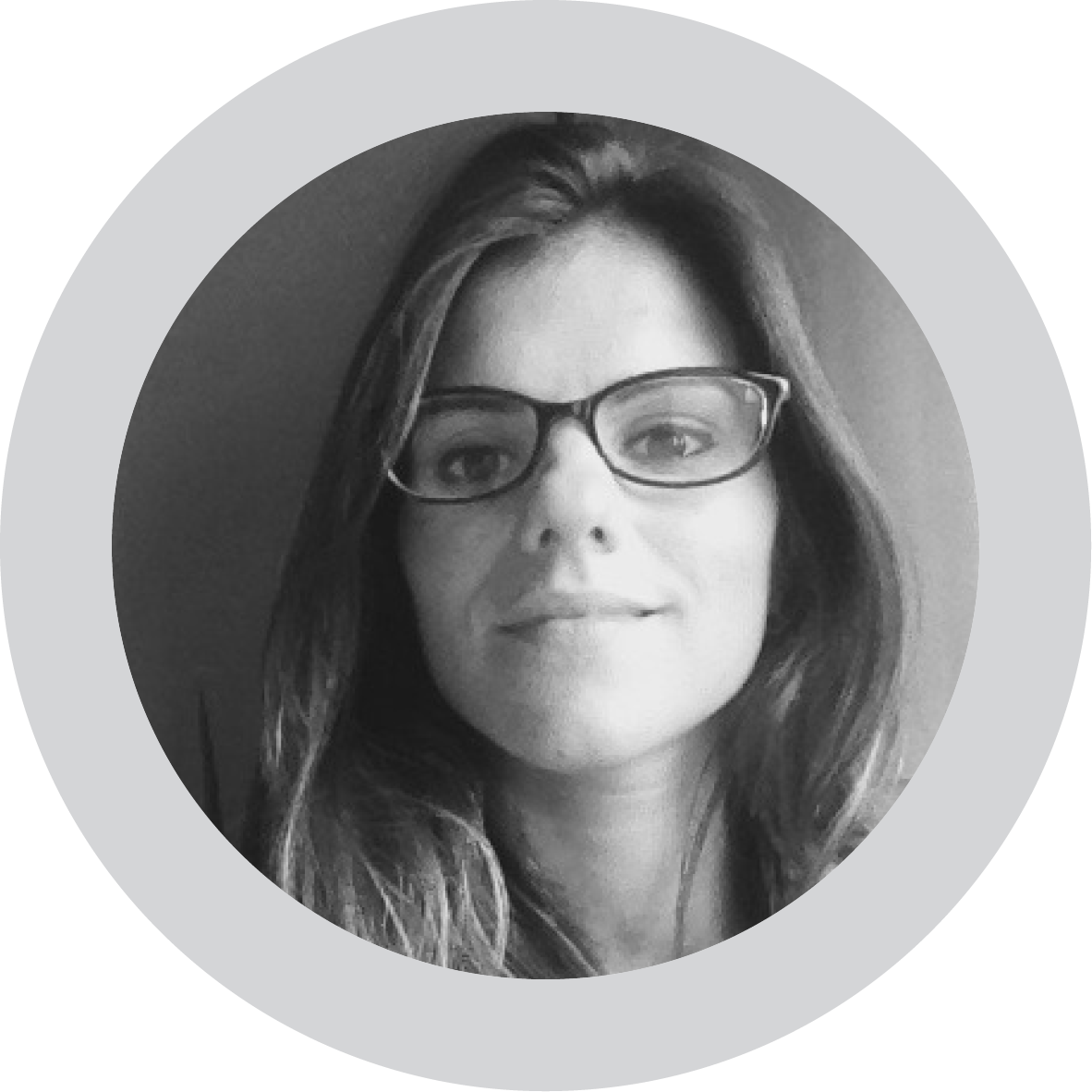Against the will of several critics, Paris has begun the construction of the controversial Triangle Tower on 10 February. Named the Triangle Tower, the conspicuous building will be the first skyscraper to appear on the French capital’s skyline since 1973, the year the Montparnasse Tower was inaugurated.
1. Third-highest skyscraper
A symbol of capitalism and consumerism, the 180 metres tall, pyramid-shaped glass and steel skyscraper will become Paris’s third-highest building, after the Eiffel Tower, completed in 1889, and the Montparnasse Tower. About two-thirds of the tower’s 91,000 sq metres will be offices spaces, and there will also be a 130-room hotel, a childcare unit and shops.
The 42-floor Tour Triangle will be erected in the south of the city, at Porte de Versailles, close to the peripheral road that surrounds the center of Paris, just three kilometers from the Eiffel Tower and the Montparnasse Tower.
2. Resistance
Despite the approval by the Socialists Party in 2015, the Greens in the French parliament denounced the construction as a “climate aberration” that should not be pursued at all costs given its “catastrophic carbon footprint”. Philippe Goujon, the conservative mayor of the 15th district where the tower will stand, is also against the project, telling AFP that “the neighbourhood will be devastated for several years.”.
How can you justify building a tower made of glass and steel, which needs huge amounts of energy, with 70,000 sq metres of office space, in Paris – a city that is already overflowing with offices?
Association Collectif Contre La Tour Triangle
3. Toblerone shape
The monumental edifice was designed by Swiss architects Herzog and Meuron, resembling the shape of a giant wedge of Toblerone chocolate. The construction is expected to finish in 2026 costing a total of €660mn, according to the developers Unibail-Rodamvo-Westfield (URW). Responding to the array of critics, URW, which also runs the shopping complex Les Halles in the heart of the city, said that the building could be repurposed in the future as needs changed and that its carbon footprint was low.














